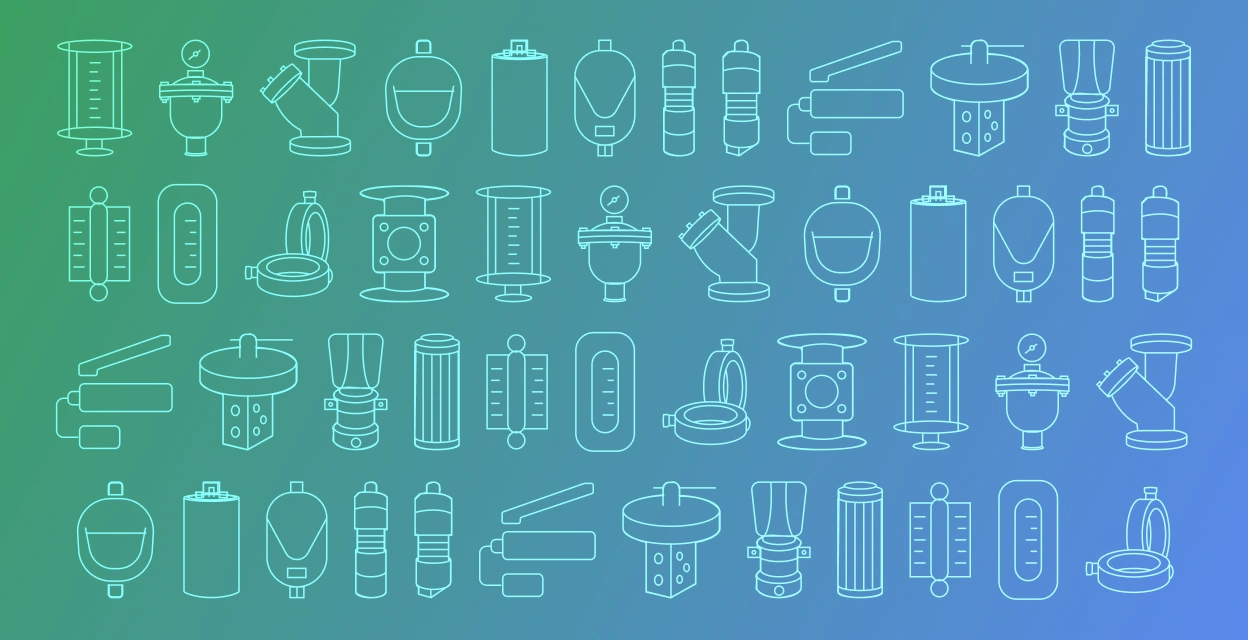Introduction: When Safety Starts with the Tank
In the oil and gas industry, storage tanks are not just containers - they are safety - critical assets.
From crude oil and refined products to chemicals and water, operators rely on tanks that are engineered to resist corrosion, pressure variations, seismic loads, and harsh weather.
Among global tank standards, API 650 stands out as the most trusted for above-ground welded storage tanks. Adopted worldwide, this standard ensures that tanks are designed and built for safety, longevity, and regulatory compliance.
“A tank failure doesn’t just spill product - it spills trust, compliance, and revenue. API 650 remains the global benchmark for engineered tank safety.”
- Dr. Meera Khan, Senior Safety Advisor, Global Refining & Storage Forum
Why are API 650 storage tanks important in oil & gas?
API 650 tanks ensure structural integrity, leak prevention, seismic and wind resistance, and long-term reliability - making them essential for safe storage of fluids like oil, chemicals, and water in industrial applications.
Engineered for Large -Volume Storage with Safety First
API 650 tanks are designed for capacities ranging from 1,000 to over 100,000 barrels, with safety built into every element.
- Welded carbon steel shell with corrosion allowance
- Wind girders, anchor bolts, and shell reinforcements for structural stability
- Compatible with a range of fluids - crude oil, diesel, ethanol, produced water, and more
Stat: API 650-compliant tanks report 78% fewer structural failures than non-code tanks in a 10-year lifecycle (Storage Reliability Study, 2024).
Resistance to Seismic, Wind, and Environmental Loads
Tanks are often installed in seismically active or high-wind regions, especially offshore terminals and desert pipelines.
- API 650 includes seismic load analysis per zone classification
- Roof designs (cone, dome, or floating) selected for climate and application
- Materials meet ASTM/ASME standards for high tensile strength and low-temp performance
Value: Wind design per API 650 Annex E protects tanks from collapse during storms, especially in hurricane-prone coastal areas.
“API 650 goes beyond thickness and steel - it accounts for natural forces that tanks must endure across decades.”
- Thomas Li, Tank Design Engineer, Southeast Asia Upstream
Leak Prevention and Bottom Design Options
Leakage is a major safety and environmental risk - API 650 addresses this with engineered solutions.
- Double bottom designs for early leak detection
- Tank liners and cathodic protection for corrosion control
- External leak monitoring ports and inspection hatches
Bonus Insight: Many API 650 tanks integrate leak monitoring with SCADA systems to trigger alarms or shutoffs when anomalies are detected.
Long-Term Serviceability & Regulatory Compliance
A key reason to choose API 650 tanks? They are easier to inspect, maintain, and certify—anywhere in the world.
- Designed for periodic inspection using MFL, UT, and visual methods
- Compliant with EPA, OSHA, and international fire safety codes
- Documentation aligned with ISO 9001 and API Q1 standards
Stat: According to Global Tank Maintenance Survey (2025), API 650 tanks show 40% longer average service life than unstandardized equivalents.
FAQs
- What does API 650 mean?
API 650 is a standard from the American Petroleum Institute that outlines design, materials, welding, and inspection requirements for welded steel storage tanks used in oil, gas, and chemical industries. - Are API 650 tanks used for water storage too?
Yes. These tanks are suitable for produced water, firewater, and other industrial fluids. They are engineered for safety and corrosion resistance. - Can API 650 tanks be used offshore?
Yes, with proper coating, anchoring, and wind/seismic considerations, they are widely used in offshore terminals and floating storage units.
Need API 650-compliant storage tanks engineered for safety, durability, and global compliance?
Petronash Engineering Services delivers fully certified, precision-built storage tanks designed to meet API, ASME, and international standards for safe fluid storage in oil, gas, and energy projects.
📩 Email: [email protected]
🌐 Website: www.petronashengineering.com
Conclusion
Whether you're operating an upstream wellsite, a refinery, or a storage terminal, your tanks are at the heart of fluid handling—and API 650 is the gold standard that protects your operations.
By partnering with manufacturers that prioritize compliance, quality control, and lifecycle serviceability, you're ensuring that every drop stored is a step toward safety, sustainability, and operational excellence.
 Back To Blogs
Back To Blogs